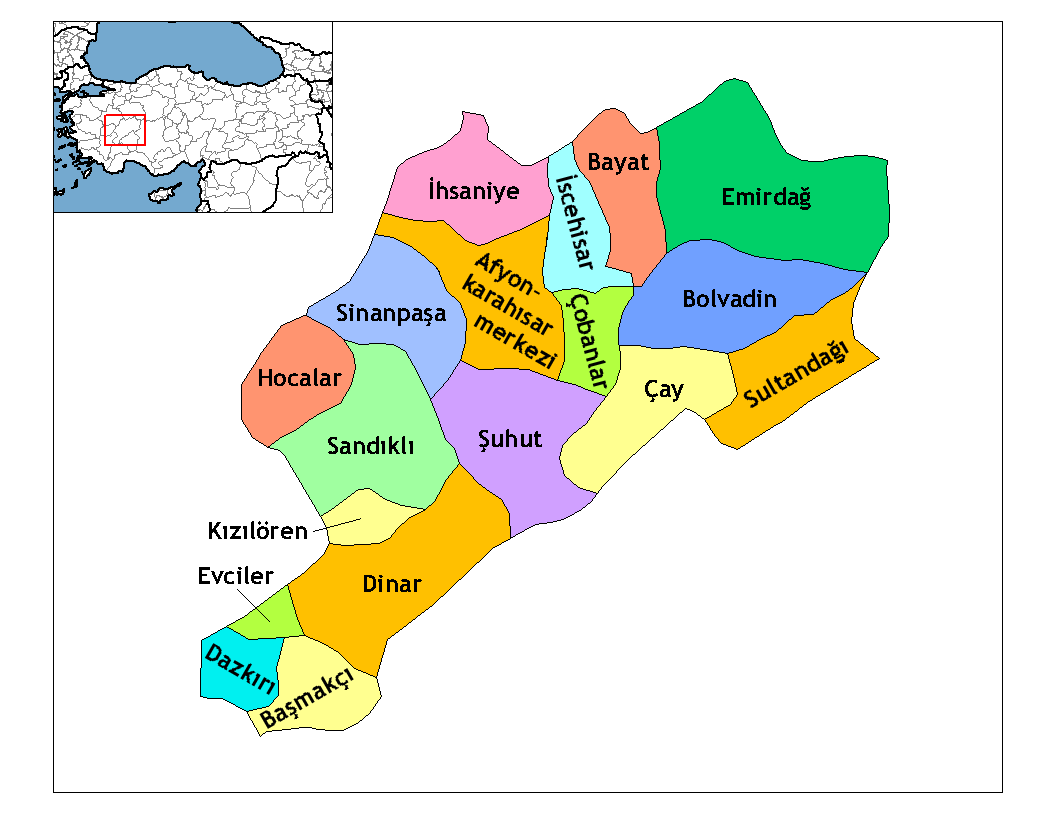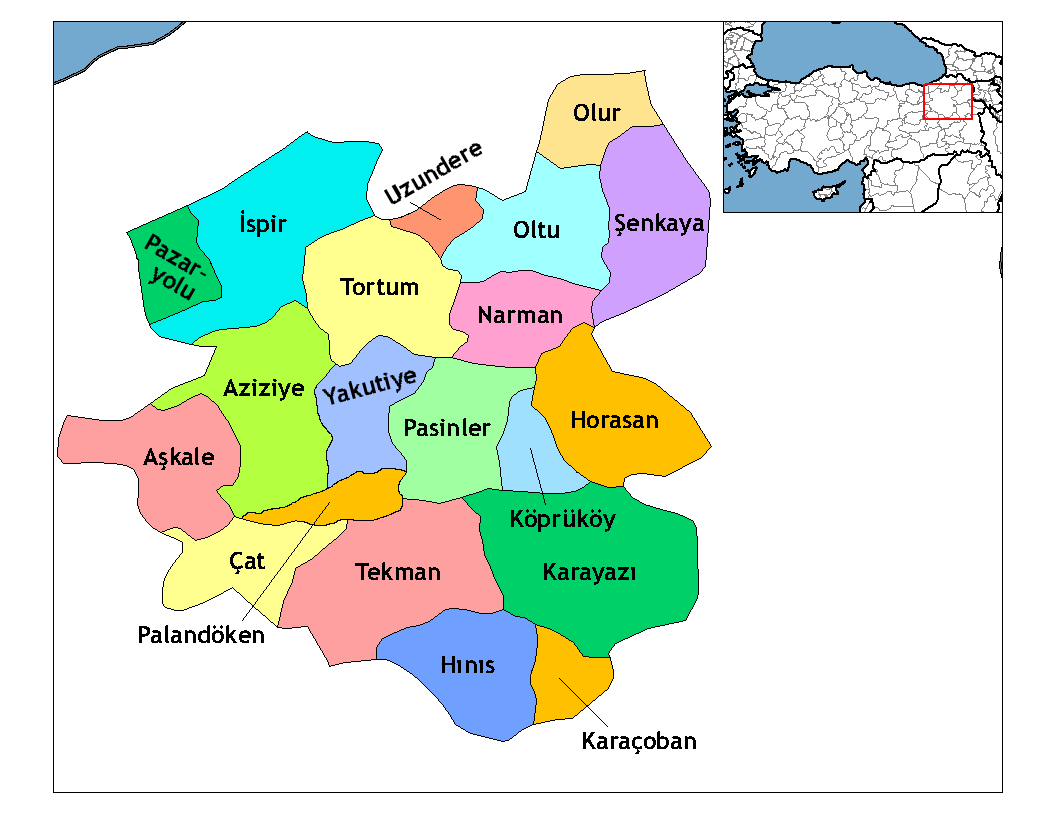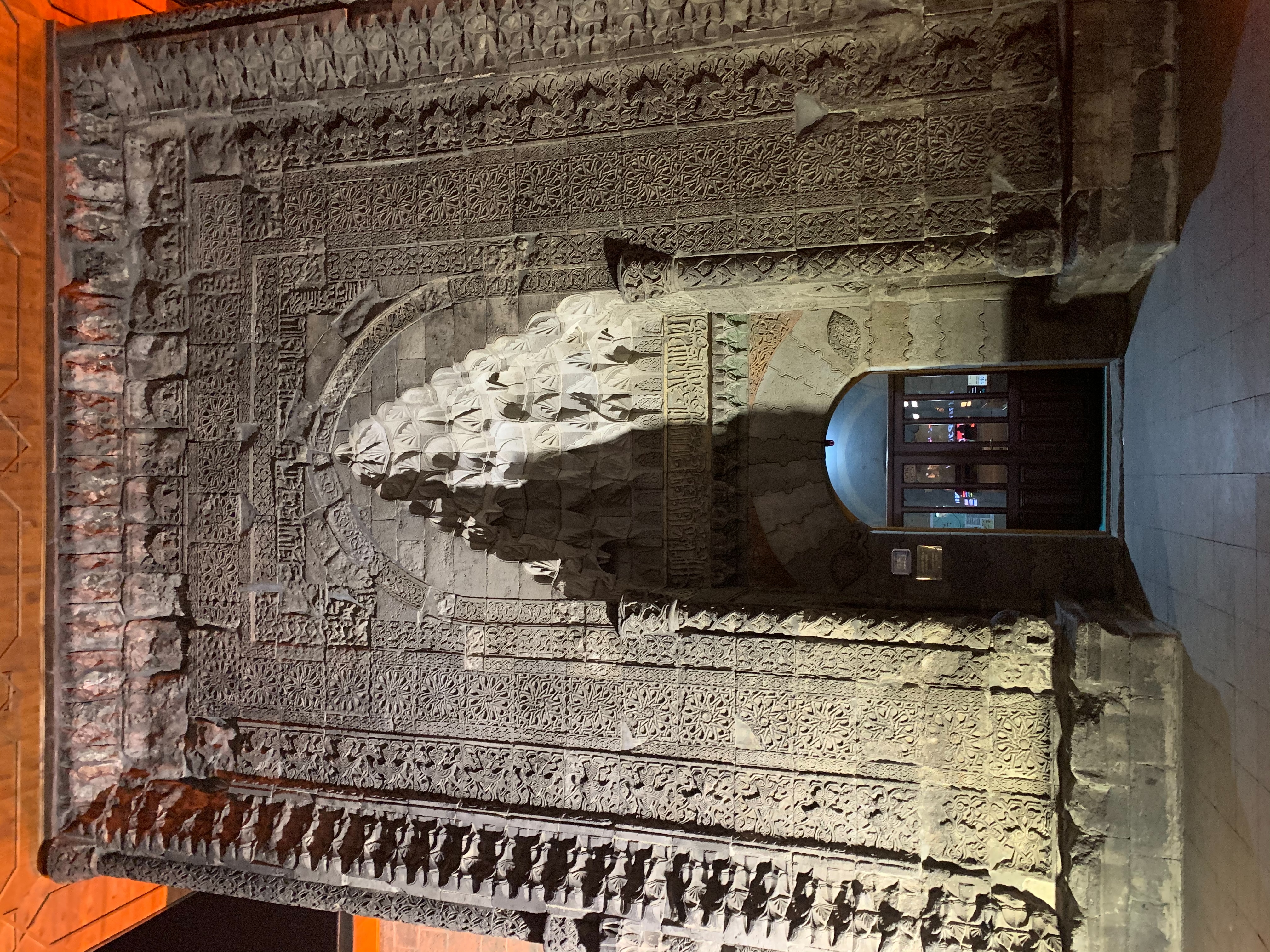|
Pasinler
Pasinler or Basean (; ; ka, ბასიანი, tr; ; ; formerly Hasankale and Hesenqele 'the fortress of Hasan'), is a municipality and district of Erzurum Province, Turkey. Its area is 1,134 km2, and its population is 27,055 (2022). It lies on the Aras River. It is located east of the city of Erzurum and is the site of Hasankale Castle (sometimes called Pasinler Castle). It was the birthplace of the Ottoman poet Nef'i. The old name "Hasankale" may be based upon the Aq Qoyunlu ruler Uzun Hasan or upon Hasan the governor of the region in the 1330s or after Küçük Hasan, grandson of Coban, who attacked the town in 1340. History The first ancient kingdom that had a control of this territory was Urartu, when it was called Biani. One of the versions of the name Pasinler - it is derived from the ancient tribe called Phasians (Phazians). The name of this tribe seems to have survived in latter-day regional toponyms – Armenian ''Passen'', Greek ''Phasiane'', Georgian ''Ba ... [...More Info...] [...Related Items...] OR: [Wikipedia] [Google] [Baidu] |
Acı, Pasinler
Acı is a neighbourhood in the municipality and district of Pasinler, Erzurum Province Erzurum Province () is a province and metropolitan municipality in the Eastern Anatolia Region of Turkey. Its area is 25,006 km2, and its population is 749,754 (2022). The capital of the province is the city of Erzurum. It is the fourth lar ... in Turkey. Its population is 261 (2022). References Neighbourhoods in Pasinler District {{Erzurum-geo-stub ... [...More Info...] [...Related Items...] OR: [Wikipedia] [Google] [Baidu] |
Districts Of Turkey
The Provinces of Turkey, 81 provinces of Turkey are divided into 973 districts (''ilçeler''; sing. ''ilçe''). In the Ottoman Empire and in the early Turkish Republic, the corresponding unit was the ''qadaa, kaza''. Most provinces bear the same name as their respective provincial capital (political), capital districts. However, many urban provinces, designated as greater municipalities, have a center consisting of multiple districts, such as the provincial capital of Ankara Province, Ankara province, Ankara, The City of Ankara, comprising nine separate districts. Additionally three provinces, Kocaeli, Sakarya, and Hatay have their capital district named differently from their province, as İzmit, Adapazarı, and Antakya respectively. A district may cover both rural and urban areas. In many provinces, one district of a province is designated the central district (''merkez ilçe'') from which the district is administered. The central district is administered by an appointed pr ... [...More Info...] [...Related Items...] OR: [Wikipedia] [Google] [Baidu] |
Battle Of Basian
The Battle of Basiani was fought between the armies of the Kingdom of Georgia and the Seljukid Sultanate of Rum in the Basiani Valley, 60 km north-east of the city of Erzurum in what is now northeast Turkey. The date of the battle has been debated, but recent scholarship tends to favor the years 1203 or 1204. According to modern Turkish historians, the site of the battle is usually identified as the castle of Micingerd (Mazankert). Date According to the contemporary Muslim chronicler Ibn Bibi, the battle took place in 598 AH (October 1, 1201 – September 19, 1202). Modern scholars date the battle variously between 1202 and 1206: 1202, 1203, 1203/1204, 1204, 1204/1205, 1205, 1206 but in recent times preference has been given to around 1203, or between 1202 and 1204. Background At the end of the 12th century, the Sultanate of Rum plunged into chaos due to Turkmen raids, Crusades and fierce power struggles among the descendants of Kilij Arslan II (1156–1192). In 119 ... [...More Info...] [...Related Items...] OR: [Wikipedia] [Google] [Baidu] |
Nef'i
Nefʿī (نفعى) was the pen name (Ottoman Turkish: مخلص ''maḫlaṣ'') of an Ottoman poet and satirist whose real name was ʿOmer (عمر) (c. 1572, in Hasankale, Erzurum – 1635, in Istanbul). Biography Nefʿī came to the Ottoman capital of Istanbul sometime before the year 1606, when he is noted to have been working in the bureaucracy as the comptroller of mines (''maden mukataacısı''). Nef'i attempted to gain the sultan's favor for his poetry, but was unsuccessful with Ahmed I (reigned 1603–1617) and Osman II (reigned 1618–1622). However, finally, Sultan Murad IV (reigned 1623–1640) recognized his skill and granted him a stipend. Because of his vicious literary attacks on government officials, he was executed by strangulation in 1635 at the request of ''kaymakam'' Bayram Pasha. p. 285 Story of his execution Turkish historian and journalist Mahmut Sami Şimşek tells the following story about the execution of Nef'i: Nef'i's execution was decided due to his ... [...More Info...] [...Related Items...] OR: [Wikipedia] [Google] [Baidu] |
Erzurum Province
Erzurum Province () is a province and metropolitan municipality in the Eastern Anatolia Region of Turkey. Its area is 25,006 km2, and its population is 749,754 (2022). The capital of the province is the city of Erzurum. It is the fourth largest province in all of Turkey. It is bordered by the provinces of Kars and Ağrı to the east, Muş and Bingöl to the south, Erzincan and Bayburt to the west, Rize and Artvin to the north and Ardahan to the northeast. The governor of the province is Mustafa Çiftçi, appointed in August 2023. The province has a Turkish majority. Geography The surface area of the province of Erzurum is the fourth biggest in Turkey. The majority of the province is elevated. Most plateaus are about above sea level, and the mountainous regions beyond the plateaus are and higher. Depression plains are located between the mountains and plateaus. The southern mountain ranges include the Palandöken Mountains (highest peak Büyük Ejder high) and t ... [...More Info...] [...Related Items...] OR: [Wikipedia] [Google] [Baidu] |
Bagrat III Of Georgia
Bagrat III ( ka, ბაგრატ III) (c. 960 – 7 May 1014), also known as Bagrat the Unifier, of the Bagrationi dynasty, was the king ('' mepe'') of the Kingdom of Abkhazia from 978 on (as Bagrat II of Abkhazia) and king of the Kingdom of Georgia from 1008 until his death in 1014. Through dynastic inheritance, conquest, and diplomacy, he united these two realms, effectively founding the Kingdom of Georgia. Before Bagrat was crowned as king, he had also reigned in Kartli as co-ruler with his father Gurgen from 976 to 978. Early life and rule in Kartli Youth Bagrat was born in the 960s, probably in Kartli. He is the only known son of Gurgen, titular king of Kartli, and Gurandukht, daughter of King George II of Abkhazia. Bagrat was thus heir to the Bagrationi dynasty. Still young, the Crown Prince of Iberia was designated heir by his father's cousin, David III of Tao, who reigned over the Duchy of Upper Tao and had been the Kouropalates of Iberia since 966, and who ed ... [...More Info...] [...Related Items...] OR: [Wikipedia] [Google] [Baidu] |
Aras (river)
The Aras is a transboundary river in the Caucasus. It rises in eastern Turkey and flows along the borders between Turkey and Armenia, between Turkey and the Nakhchivan exclave of Azerbaijan, between Iran and both Azerbaijan and Armenia, and, finally, through Azerbaijan where it flows into the Kura river as a right tributary. It drains the south side of the Lesser Caucasus Mountains, while the Kura drains the north side of the Lesser Caucasus. The river's total length is and its watershed covers an area of . The Aras is one of the longest rivers in the Caucasus. Names In classical antiquity, the river was known to the Greeks as Araxes (). Its modern Armenian name is ''Arax'' or ''Araks'' (). Historically, it was called (, in modern pronunciation) by Armenians and its Old Georgian name is ''Rakhsi'' (). In Azerbaijani, the river's name is ''Araz''. In Persian, Kurdish and Turkish its name is (''Aras''). Geography The Aras is supported by the Kocagün stream, Dallı s ... [...More Info...] [...Related Items...] OR: [Wikipedia] [Google] [Baidu] |
Georgian Bagratids
The Bagrationi dynasty (; ) is a royal dynasty which reigned in Georgia from the Middle Ages until the early 19th century, being among the oldest extant Christian ruling dynasties in the world. In modern usage, the name of the dynasty is sometimes Hellenized and referred to as the Georgian Bagratids, also known in English as the Bagrations. The origins of the dynasty are disputed. The early Georgian Bagratids gained the Principality of Iberia through dynastic marriage after succeeding the Chosroid dynasty at the end of the 8th century. In 888 Adarnase IV of Iberia restored the Georgian monarchy; various native polities then united into the Kingdom of Georgia, which prospered from the 11th to the 13th century. This period of time, particularly the reigns of David IV the Builder (1089–1125) and of his great-granddaughter Tamar the Great (1184–1213) inaugurated the Georgian Golden Age in the history of Georgia. Montgomery-Massingberd, Hugh. " Burke's Royal Families of the Wo ... [...More Info...] [...Related Items...] OR: [Wikipedia] [Google] [Baidu] |
Theme Of Iberia
Theme or themes may refer to: * Theme (Byzantine district), an administrative district in the Byzantine Empire governed by a Strategos * Theme (computing), a custom graphical appearance for certain software. * Theme (linguistics), topic * Theme (narrative), the unifying subject or idea of a work * Theme Building, a landmark building in the Los Angeles International Airport * Theme music a piece often written specifically for a radio program, television program, video game, or film, and usually played during the intro, opening credits, or ending credits * Theme vowel or thematic vowel, a vowel placed before the word ending in certain Proto-Indo-European words * Subject (music), sometimes called ''theme'', a musical idea, usually a recognizable melody, upon which part or all of a composition is based * Thematic elements, a term used by the Motion Picture Association The Motion Picture Association (MPA) is an American trade association representing the Major film studios, five ... [...More Info...] [...Related Items...] OR: [Wikipedia] [Google] [Baidu] |
Theodosiopolis (Armenia)
Erzurum (; ) is a city in eastern Anatolia, Turkey. It is the largest city and capital of Erzurum Province and is 1,900 meters (6,233 feet) above sea level. Erzurum had a population of 367,250 in 2010. It is the site of ancient Theodosiopolis. The city uses the double-headed eagle as its coat-of-arms, a motif that has been a common symbol throughout Anatolia since the Bronze Age. Erzurum has winter sports facilities, hosted the 2011 Winter Universiade, and the 2023 Winter Deaflympics (in March 2024). Name and etymology The city was originally known in Armenian as Karno K'aghak' (), meaning city of Karin, to distinguish it from the district of Karin ( Կարին). It is presumed its name was derived from a local tribe called the Karenitis. Darbinian, M. "Erzurum," Armenian Soviet Encyclopedia. Yerevan: Armenian Academy of Sciences, 1978, vol. 4, p. 93. An alternate theory contends that a local princely family, the Kamsarakans, the Armenian off-shoot of the Iranian Kārin Pah ... [...More Info...] [...Related Items...] OR: [Wikipedia] [Google] [Baidu] |
David IV
David IV, also known as David IV the Builder ( ka, დავით IV აღმაშენებელი, tr; 1073 – 24 January 1125), of the Bagrationi dynasty, was the 5th List of monarchs of Georgia, king (''mepe'') of the Kingdom of Georgia from 1089 until his death in 1125. Popularly considered to be the greatest and most successful Georgian ruler in history and an original architect of the Georgian Golden Age, he succeeded in driving the Seljuq dynasty, Seljuk Turks out of the country, winning the Battle of Didgori in 1121. His reforms of the army and administration enabled him to reunite the country and bring most of the lands of the Caucasus under Georgia's control. A friend of the Church and a notable promoter of Christianity, Christian Culture of Georgia (country), culture, he was canonization, canonized by the Georgian Orthodox Church. Sobriquet and regnal ordinal The epithet (), which is translated as (in the sense of "built completely"), , or , first appears ... [...More Info...] [...Related Items...] OR: [Wikipedia] [Google] [Baidu] |
George I Of Georgia
:''There was also a Giorgi I, Catholicos of Kartli who ruled in 677–678.'' George I ( ka, გიორგი I, tr) (998 or 1002 – 16 August 1027), of the Bagrationi dynasty, was the 2nd king ('' mepe'') of the Kingdom of Georgia from 1014 until his death in 1027. George I ascended the throne when he was still too young to equal his father Bagrat III, must first suffer a first defeat against the nobles who imposed on him the return to the independence of Kingdom of Kakheti-Hereti. But soon he managed to regain his strength and extended his power in the region, with numerous vassals in Caucasus and sphere of influence in Armenia. However, the Byzantine Empire, with which his father had already experienced the first tensions, proved strong enough to fight in a conflict started by George under the reign of Basil II, a conflict which devastated the entire south of the country to annex the former “Kingdom of the Iberians”, the Tao. Fortunately for his heritage, George, tha ... [...More Info...] [...Related Items...] OR: [Wikipedia] [Google] [Baidu] |





